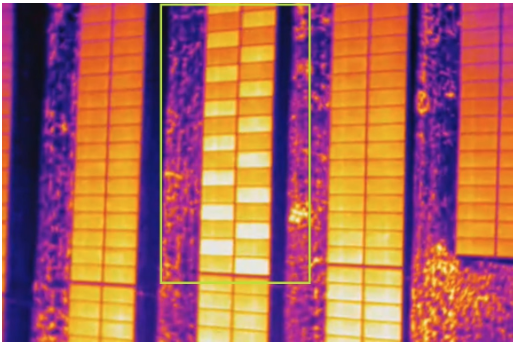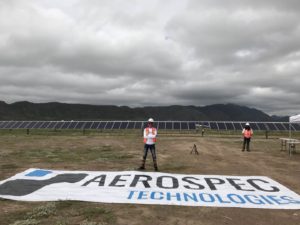Making smart financial decisions is never easy, and there is a serious lack of data when it comes to Solar Panels. The only standard rating system is the Bloomberg Tier List, but is it a reliable indicator of Solar Panel Quality?
Solar Energy requires a hefty investment, and it’s important to make the best choices in the purchasing process. The most reputable assessment of solar panel effectiveness is the Bloomberg Tier list, which judges solar panels by the financial stability of the provider. Manufacturers can reach tier 1 if they can prove;
- Six or more different projects of at least one and a half megawatts in the past two years,
- That they have received non-recourse debt financing by six or more different banks,
- Ownership of both production facilities and the brand name,
- And that they have not filed for bankruptcy or defaulted on bond payments
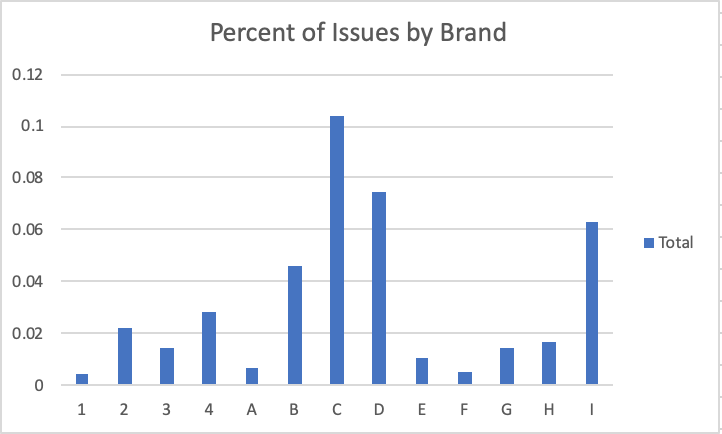
While these do tend to indicate that a manufacturer has both long term stability and a quality product, the criteria are not directly related to the quality of the solar panel. To assess the relative performance of the Tier 1 solar panels, Aerospec Technologies aggregated the data from across multiple solar farms for fourteen different companies, including four Bloomberg Tier 1 manufacturers. For the sake of data confidentiality concerns, the non-tier 1 companies have been labeled A through I, and the tier 1 companies have been labeled 1 through 4.
Even from a cursory glance, it’s plain to see that the Bloomberg Tier 1 solar panels do not have notably better performance than all of the non-tier 1 panels. The most issues are present in companies C, D, and I, while the fewest are from companies 1 and F.
Companies 2, 3, 4, C, D, G and H are all Chinese companies. Both Companies 2 and D have undergone regulation and financial struggles within the past three years, though both companies have since regained their footing. In terms of solar panel effectiveness, Company 2 reports a 20.5% efficiency maximum, while third party sources instead suggest a 17.5% maximum, which is approximately the industry standard. Reuters reported recently on a recent trend of Chinese companies oversupplying local markets and attempting to spread overseas. Said one manager at a large solar energy firm, “Solar makers are indeed really struggling with over-capacity in the domestic market. But if (they) have to dump the inventory, why not dump it on the overseas market where the prices are better?” As of June 2019, China is the largest producer and buyer of solar panels, so it does not make sense to treat all Chinese panels as suspect. However, when purchasing solar panels, make sure to properly research and investigate the performance in a variety of conditions, as the financial performance of a company is not a reliable indicator of the quality.
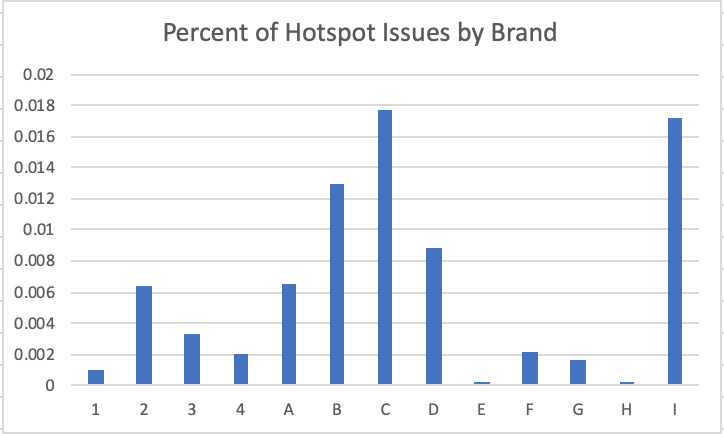
As detailed here, the most common type of issue for solar panels is a hotspot; these are relatively harmless and cheap to resolve. Often, hotspots are as simple as pieces of debris blocking some solar cells. However, they can also be indicative of deeper flaws in the manufacturing. Hotspots left untreated can damage increasingly large areas, causing diode or module issues.
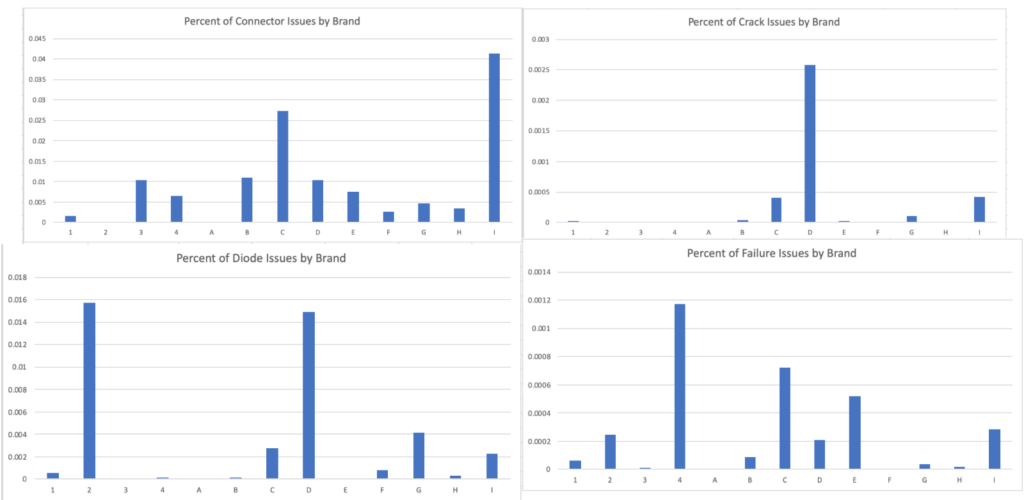
Interestingly, none of the issue types appear to be very strongly correlated; while Brand D shows the highest number of incidents in multiple categories, the correlation is not present for other companies. Depending on environmental factors, each brand may be more prone to specific malfunctions. With the ability to examine hundreds of thousands of solar panels, the quirks and differences between brands become clear, allowing consumers to make the best possible choices for their circumstances. What is clear is that financial-based metrics like the Bloomberg Tier list are not sufficient. The finances of a solar panel manufacturer do not accurately reflect the quality of the panels, nor do they reveal what makes each panel different from the others. That analysis is only possible with the power of Aerospec Technologies. Aerospec Technologies uses the power of state of the art Artificial Intelligence combined with record amounts of solar panel data to develop the clearest and most accurate information in the industry.
Aerospec provides you:
- Proven expertise in the renewable energy industry
- Reliable integration of hardware and software
- An AI-powered platform for advanced analytics
- Experts on board (FAA certified UAS pilots, solar researchers, certified thermographers)
- Safety-first mindset (zero incident record to-date)

